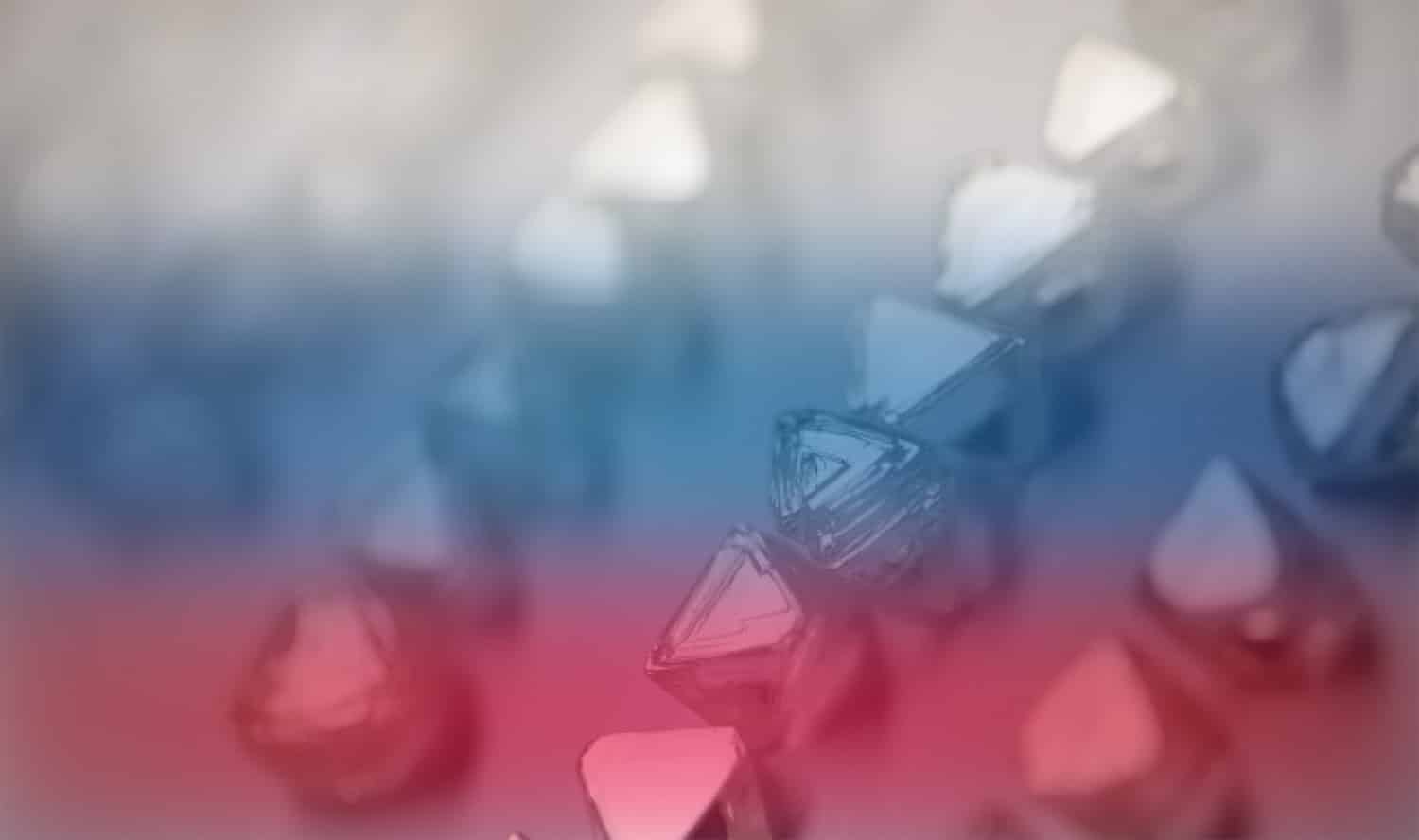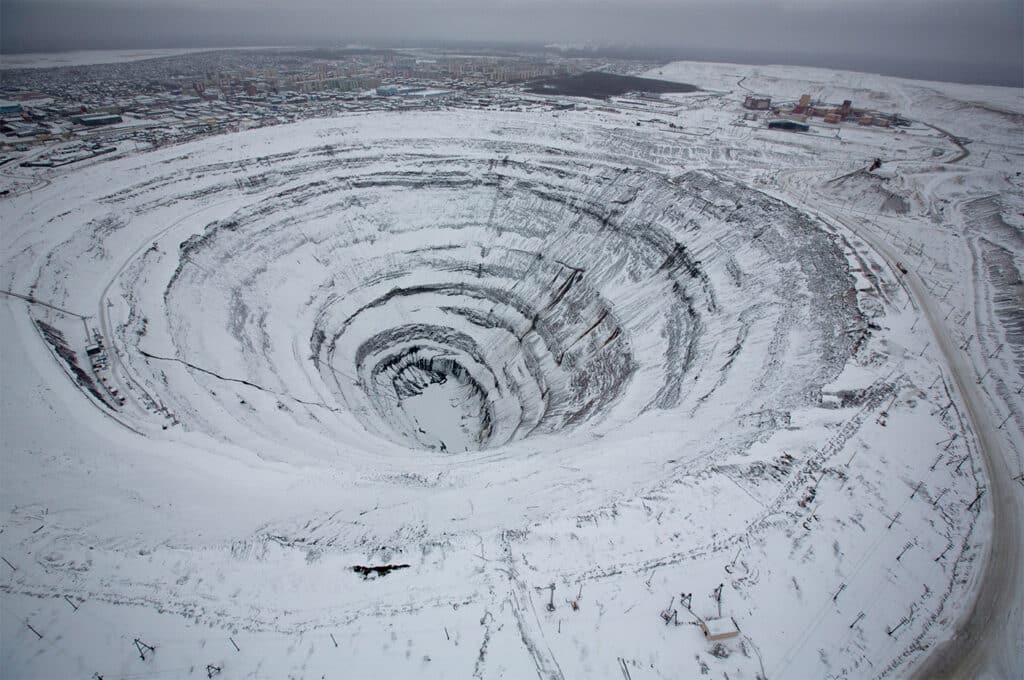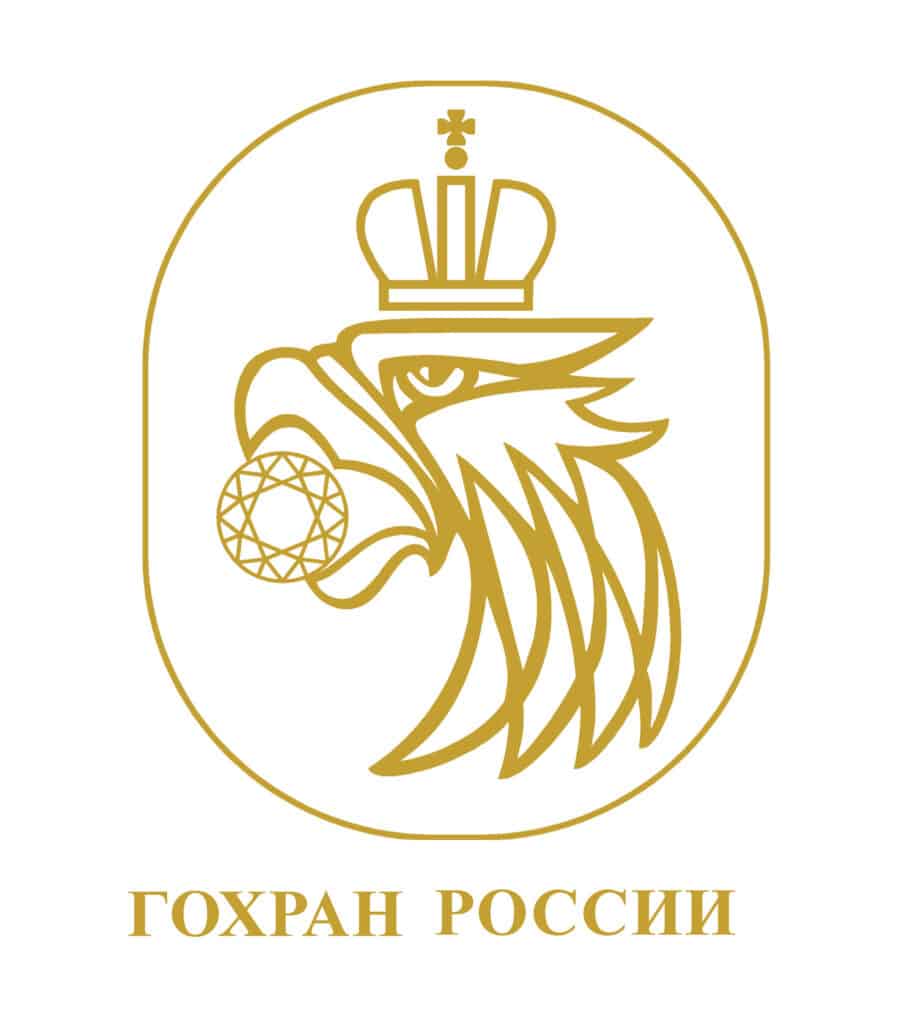Blog
Home » Diamonds blog » WHILE ALROSA DELIBERATELY LOWERS ITS PUBLIC PROFILE, COMPANY APPARENTLY HARD HIT BY SANCTIONS REGIME
Focus on

Three months since the start of the Russian invasion of Ukraine and the ramping up of the international economic sanctions regime against the Russian government and business sector, very little information about their impact has been released by the country’s dominant diamond producer, Alrosa.
Before the war began, the mining company was widely regarded as the world’s largest supplier of rough material, with sales totaling $4.2 billion in 2021, accounting for about 30 percent of global output.
But whereas the publicly-listed company reliably provided sales data prior to the conflict, in recent weeks the press section on its website has been reformatted, with all reference to monthly and quarterly results removed. The website also does not list any upcoming auctions.
Furthermore, Alrosa was reported to have canceled its April sight and, according to JCK’s Rob Bates, it does not plan to resume regular allocations until the summer. Given the continuing crisis that possibility, too, is questionable.
In a JCK Online article, Bates quoted Antwerp World Diamond Centre (AWDC) spokesperson Tom Neys as saying that there are occasional sales to Antwerp. “Russian goods are still flowing [into Belgium],” he said. “We do know that goods that are bought take a very long time before they arrive. Every import creates a lot of extra checks, making sure that goods get to their destination. That creates a difficult process and that means, of course, extra risk is involved. Because of that, it’s hard to say if and how much [volume has dropped].”
But Bates also quoted another well-placed source in Antwerp source as saying, “From what I hear, there’s nothing coming in. The Alrosa representatives in Antwerp have a nice new office and nothing to do.”

The snow-covered Mir mine in Mirnyy, the town in Yakutia where Alrosa is headquartered.
AVOIDING U.S GOVERNMENT PENALTIES
Writing in the latest newsletter released by the World Diamond Council, industry analyst Pranay Narvekar suggested that the Russian supply of rough diamonds to India has been severely impacted as well. This is despite the fact that the Indian government, as is the case with the European Commission, has not sanctioned the import of rough diamonds from Russia. What made the difference, he said, were sanctions imposed the government of the United States.
“The initial round of sanctions on direct purchases did not have any significant bite, as there was very little direct rough coming to the United States from Alrosa. But the more recent inclusion of the Russian producer on the OFAC Specially-Designated Nationals (SDN) list is a much more serious issue,” Narvekar wrote.
“As a result of this action, banks are unable to process any payments which were meant for Alrosa, thus preventing customers from buying rough from them. Even transactions through non-dollar currencies, which did not route through the United States (and hence were not under sanctions) also stopped as banks decided that they could not risk penalties from the U.S. government,” he stated.
The impact on the Indian industry may also be substantial, Narvekar wrote. “In India alone, the 35 million carats of Russian rough would probably provide direct employment to about 200,000-250,000 polishers (with about 1 million family members), most of whom earn less than $4,000 per year. This would be more than 35 percent of polishers in India. Including the indirect workers and their families, there could be a potential impact on about 2-3 million people.”
CONSERVING RESOURCES AND SEEKING INCOME
Alrosa’s strategy in the current political environment appears to be reserve its cash resources, and to obtain income where possible.
In early April, the Russian mining company circulated an update on a $11,625,000 coupon payment under a Eurobonds issue maturing in 2024. Due to the blocking sanctions imposed on April by the U.S. government, as well as the United Kingdom’s sanctions of March 24, Alrosa declared that it has become technically impossible to properly fulfill its obligations. But, the mining company stressed, it “is totally financially sustainable and is in possession of all financial resources necessary to fulfill the next coupon payment.”
On April 11 Alrosa issued another statement informing the public that that it has received a notice from the Irish Stock Exchange, where the Eurobonds had been listed, confirming that their listing has been suspended and would be terminated the following day due to the sanctions imposed by the European Union against Russia.
“The company assures that it will make every effort to secure a listing on another stock exchange that meets the requirements stipulated in the notes documentation considering limitations imposed by the sanctions,” Alrosa said.
In the meantime, the Russian news agency Tass reported Alrosa was selling diamonds directly to wealthy investors in Russia, including fancy color stones and colorless stones of more than 3-carats in size. Tass quoted the company as stating that “interest towards this program has grown several times, as people looking for investment vehicles amid hard currency restrictions consider investing in diamonds similar to investing in gold.”
At the end of April, Reuters quoted Russia’s Finance Minister Anton Siluanov as saying that Gokhran, the state’s precious metals and gems repository, may also buy diamonds from Alrosa.
Gokhran last did so at the start of the COVID crisis, as part of an effort to maintain production at Russian when international sales were suspended. In 2020 that proved to be a fortuitous decision, given the rapid recovery of the diamond market and the resultant rise in prices, providing a windfall to the Russian Treasury.

Gokhran, Russia’s state repository for precious metals and sones, has indicated it may buy olsold rough goods from Alrosa, to ease its financial pressure.
